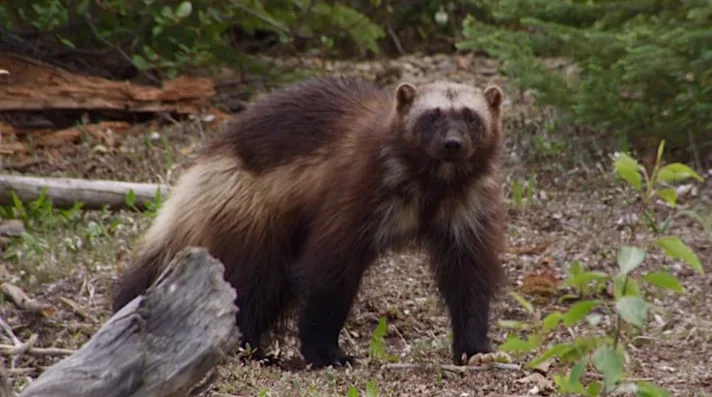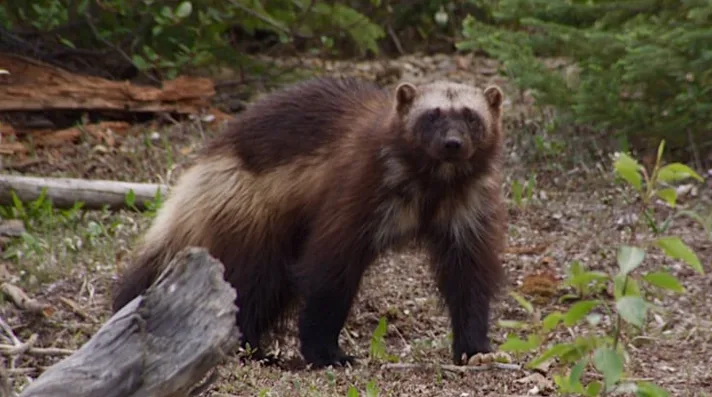
Have you ever seen a wolverine? Why researchers want to know
A wolf and a wolverine were caught on camera fighting over dinner inside Denali National Park and Preserve, Alaska, in February.
If you see a wolverine while out on a weekend hike, a team of researchers wants to know about it.
Wolverine Watch, a research group working with Selkirk College in Castlegar, and the B.C. Ministry of Forests, Lands, Natural Resource Operations and Rural Development is asking people to report sightings of the creatures if they spot dens, tracks, and other evidence of wolverines when in the backcountry.

It's rare to come across a wolverine in the wild, but reporting sightings could help researchers with conservation efforts for the at-risk species. Credit: CBC News
The group, made up of six people from B.C. and Alberta, plan to use the information to find spots where wolverines reproduce in an effort to protect and conserve those areas, ultimately conserving the species, which is currently considered at risk in B.C.
"One of the reasons that they're at risk is that they're really dependent on snow," project co-lead Doris Hausleitner told Daybreak Southhost Chris Walker.
"[They depend] on snow for travel, on snow for denning, and they also even refrigerate or [store] their food in the snow."
In the future, Hausleitner said the amount of snowfall is likely to change as the climate changes. "That really puts them at risk."
Hausleitner has been studying the mammals for six years, but the data hasn't been able to show the researchers where key reproduction spots are. She hopes reports from the public will help.
"All of the sightings that we get are useful," she said.
WHAT TO LOOK FOR
There have been reports of wolverine sightings all the way from Alaska to the Purcell, Kootenay, Columbia and Rocky mountain ranges, but Wolverine Watch is focusing primarily on the ranges in the B.C. Interior.
Wolverines are the size of a cocker spaniel, but look more like a small bear with a large bushy tail, a large head and almost no neck.
Though there have been no reports of altercations between humans and wolverines anywhere in North America, Hausleitner said.
And she advises against approaching one.
"The idea is not to follow them but to observe what they're doing and the direction they're travelling and the behavior that they may have associated with what they're doing but but not to approach them."
Their distinct loping movement creates unique tracks in the snow.
"They have one foot that's always kind of a leading leg, so their patterns are in in threes or twos and they're almost diagonal across the snow, but they are always moving in a straight line, like they have a mission," Hausleitner said.
Because wolverine scat is so similar to coyote scat, Hausleitner said they aren't asking for reports of droppings. She said even she has a hard time distinguishing the two, unless it's associate with tracks.
With files from Daybreak South.
This article was originally published by CBC News and written by Courtney Dickson.










